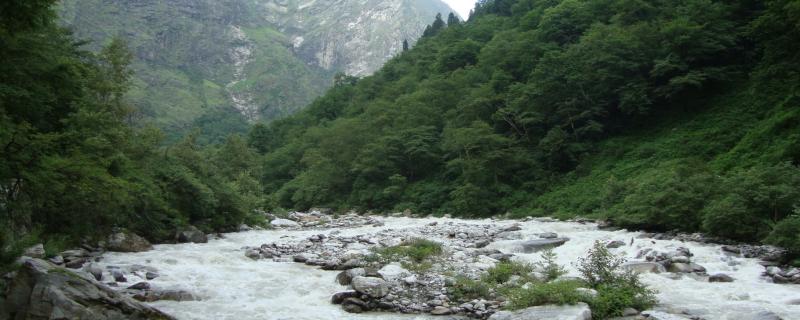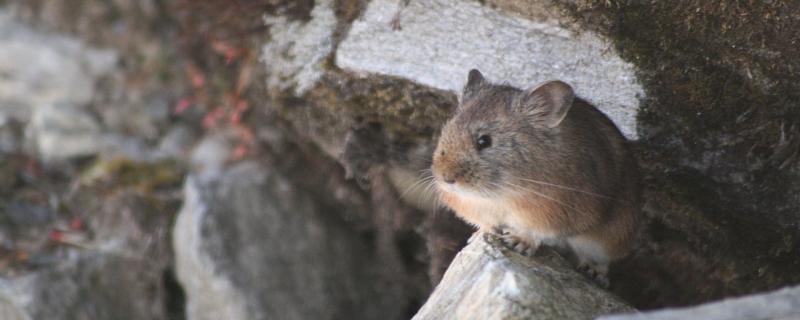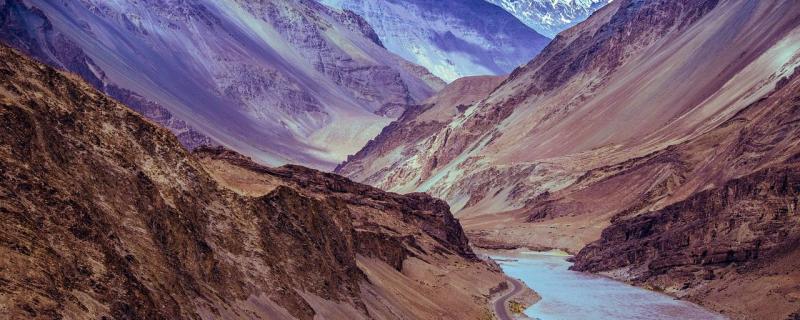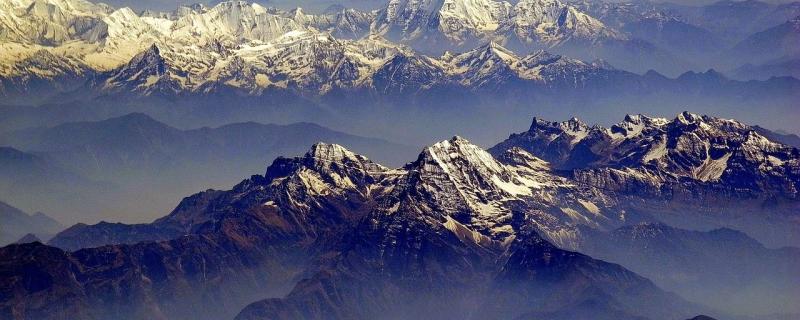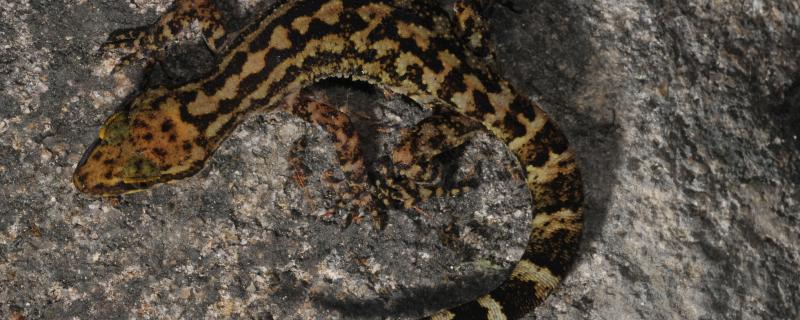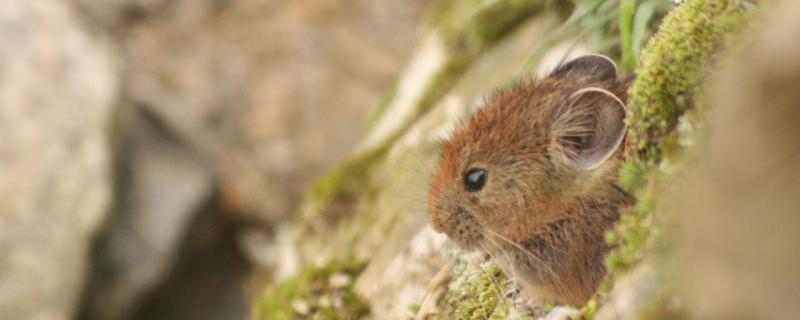Study finds plants, which were earlier found in lower elevations, are now replacing the native vegetation of the higher altitudes.
A new review reveals that rising global temperatures, increased pollution, and extreme weather events are driving a global surge in eye diseases, disproportionately affecting vulnerable communities and challenging healthcare systems.
Roorkee/

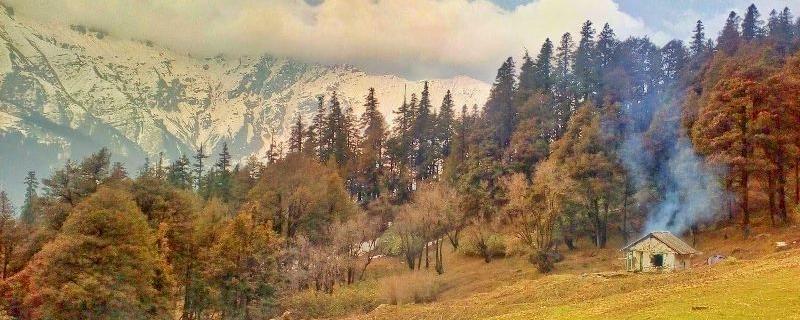

![A pair of Himalayan bulbuls [Image credits: T.A. Gonsalves / CC BY-SA (https://creativecommons.org/licenses/by-sa/4.0)] In the Himalaya, forests converted into farmlands might be beneficial for winter birds](/sites/researchmatters/files/styles/large_front_800x320/public/hb.jpg?itok=e9zqyF2k)
